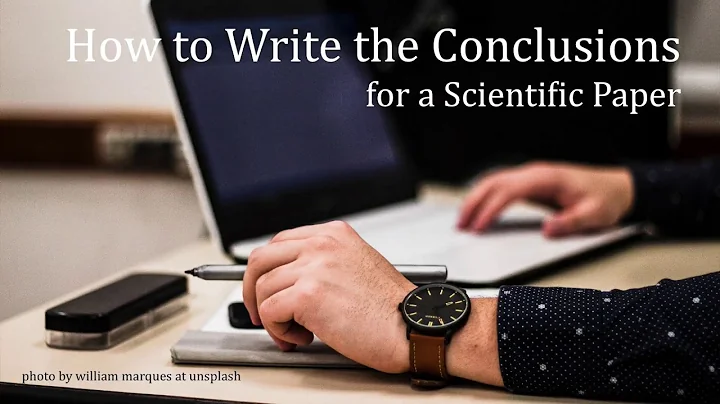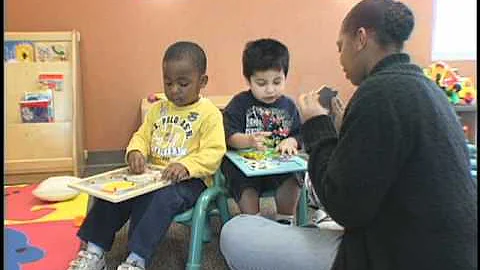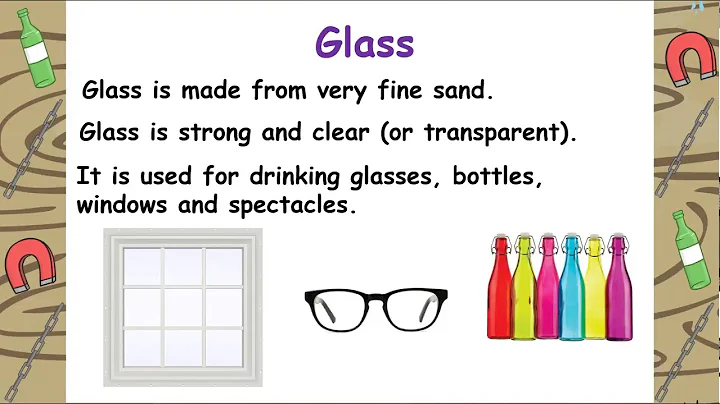Small class science: The diverse world of paper

Design intention:
Paper is a common item in our lives. All kinds of paper are familiar and unfamiliar to young children. They can see and use them anytime and anywhere. paper, but they do not understand the real purpose and characteristics of these papers. The "Outline" points out: Children's scientific activities should be closely related to children's actual life, and teachers should make full use of the food and phenomena around children as the objects of scientific exploration. Therefore, I designed this teaching activity to help children have a certain understanding of the uses and characteristics of various common papers, and to know how to cherish and save paper, care for the environment, and cultivate children's environmental awareness

activity goals:
1. Understand the common paper in life and discover the different textures and characteristics of paper.
2. Understand the uses of paper and let children know how to cherish paper and books.
activity preparation
1. Various types of paper (such as colored paper, napkins, cardboard, etc.)
2. Courseware
activity process

1. Recognize various types of paper
teacher: Children, many paper babies are visiting our Primary 2 class today. Let’s say hello to them! Okay, now let's take a look at which paper babies have come to our class. (Teachers and children learn about various types of paper together)
2. Let children carefully observe and explore the characteristics of paper
1. Teacher: Are these paper babies the same? (Different) There are many secrets hidden in these different paper babies. Do you want to know? (Thinking) Okay, let the children take a look, touch and play with the paper babies in the box to see who discovers the most secrets. (Guide children to discover the different colors and brightness of the paper surface and the different feelings of hand touch, such as some are smooth, some are rough, etc.).
2. Teacher: Who can tell you what secret you discovered about paper babies? (Guide children to talk about paper thickness, thinness, softness, hardness, etc.)
3. Teacher: Do you know what paper is most afraid of? What will happen if they encounter water or fire? (Teacher shows pictures to let children know that paper is most afraid of fire and water)

4. Teacher summary
It turns out that there are so many types of paper, including advertising paper, crepe paper , napkins, and cardboard paper. These papers are soft, hard, thin, thick, rough and smooth, and they are all afraid of fire and water.
3. Let children understand the uses of paper and expand their relevant experience.
1. Teacher: Do you know what these papers are used for?
2. Teacher: Apart from these papers, have you seen other papers in your life? What is its use (guide children to talk about the names of paper they have seen in life and its uses)
4. Let children understand that paper is made of big trees and know how to cherish paper
1. Teacher: You know What material is paper made of?
2. Teacher: What should we do to save and cherish paper when we use it? (Let children discuss and answer questions)






















